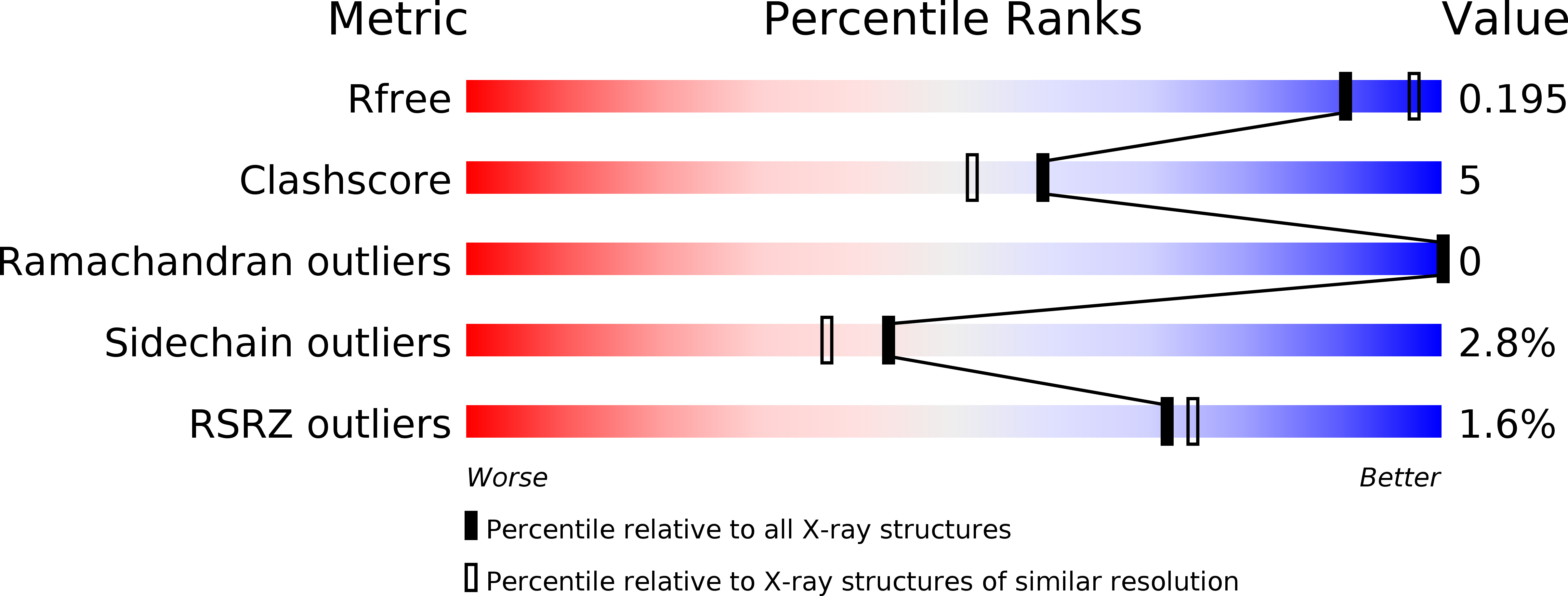
Deposition Date
2004-02-03
Release Date
2005-01-12
Last Version Date
2023-12-13
Method Details:
Experimental Method:
Resolution:
2.05 Å
R-Value Free:
0.19
R-Value Work:
0.15
R-Value Observed:
0.15
Space Group:
P 1 21 1


